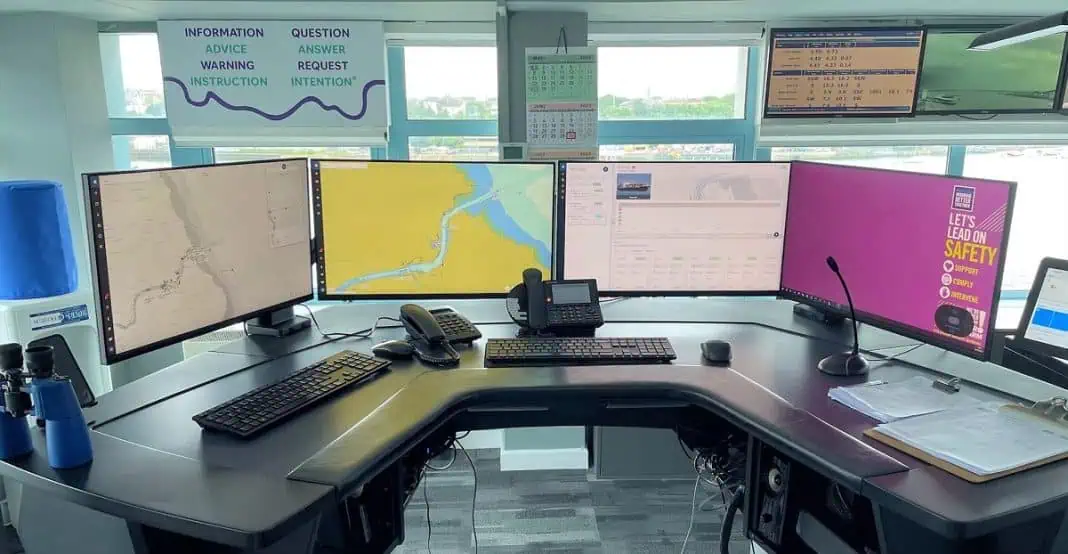On July 1, the Port of Tyne successfully launched a next-generation Vessel Traffic Services (VTS) system, which is built upon a modernised architecture and incorporates new capabilities. The system enhances VTS operator situational awareness and supports decision making.
This fully compliant system, adhering to the standards set by the International Association of Marine Aids to Navigation and Lighthouse Authorities (IALA), covers the waters of the Port of Tyne in the United Kingdom, extending from 6 nautical miles out at sea to 3 nautical miles inland. It uses the Automatic Identification System (AIS) to extend coverage over a 7 nautical mile stretch of the river Tyne up to Dunston.
The Port of Tyne features two Vessel Traffic Services (VTS) centres, with the primary centre operating two positions around the clock. In case of an emergency, a backup position is available at a remote location.
The vessel traffic within the Port of Tyne is monitored using two Hensholdt X-band radars and two Saab R60 AIS base stations. The base stations are fully equipped to handle the next generation of AIS, known as the VHF Data Exchange System (VDES). Two Bosch CCTV cameras provide further vessel details in the area, automatically controlled by radar tracking.
The VTS system offers the foundation for optimizing port calls. In addition to safety considerations, the predictability of port operations is becoming ever more important. Factors such as increasing population, the drive to reduce carbon emissions, and revised trade routes necessitate detailed planning that begins as soon as a vessel departs the port for its next destination.
The architecture of the system is service-based, promotes interoperability and enables ports to establish maritime ecosystems. The technical platform that provides these services is called the Maritime Service Suite, designed to expand coverage beyond the surface of the sea. Given the increasing congestion both at sea and along the shore, situational awareness is of great significance.
“As an innovation hub for the UK’s port modernisation plan Maritime 2050, Port of Tyne has strong digitalisation ambitions.”, says Ivo Tummers, CEO of Tidalis, “The new VTS and its web-oriented architecture fit seamlessly in a port where all staff have already been given tablets to streamline operations.”
By having control over their own AIS base stations, the Port of Tyne gains access to advanced functionality that is typically only available through professional AIS services, such as communication via AIS mail.
Another important feature is the availability of virtual Aids to Navigation (AtoN), enabling VTS operators to dynamically create restricted zones and virtual warning buoys that automatically appear on ships’ electronic navigation charts.
“Our new VTS system has improved our operations through a modernised platform, which offers a robust view of our port traffic and a system fit for challenges of the 21st century,” commented Dillon Brown, Marine Manager of the Port of Tyne. He added: “The Tidalis project team has been responsive throughout, with clear and tight lines of communication.”












